The Andy Griffith Show
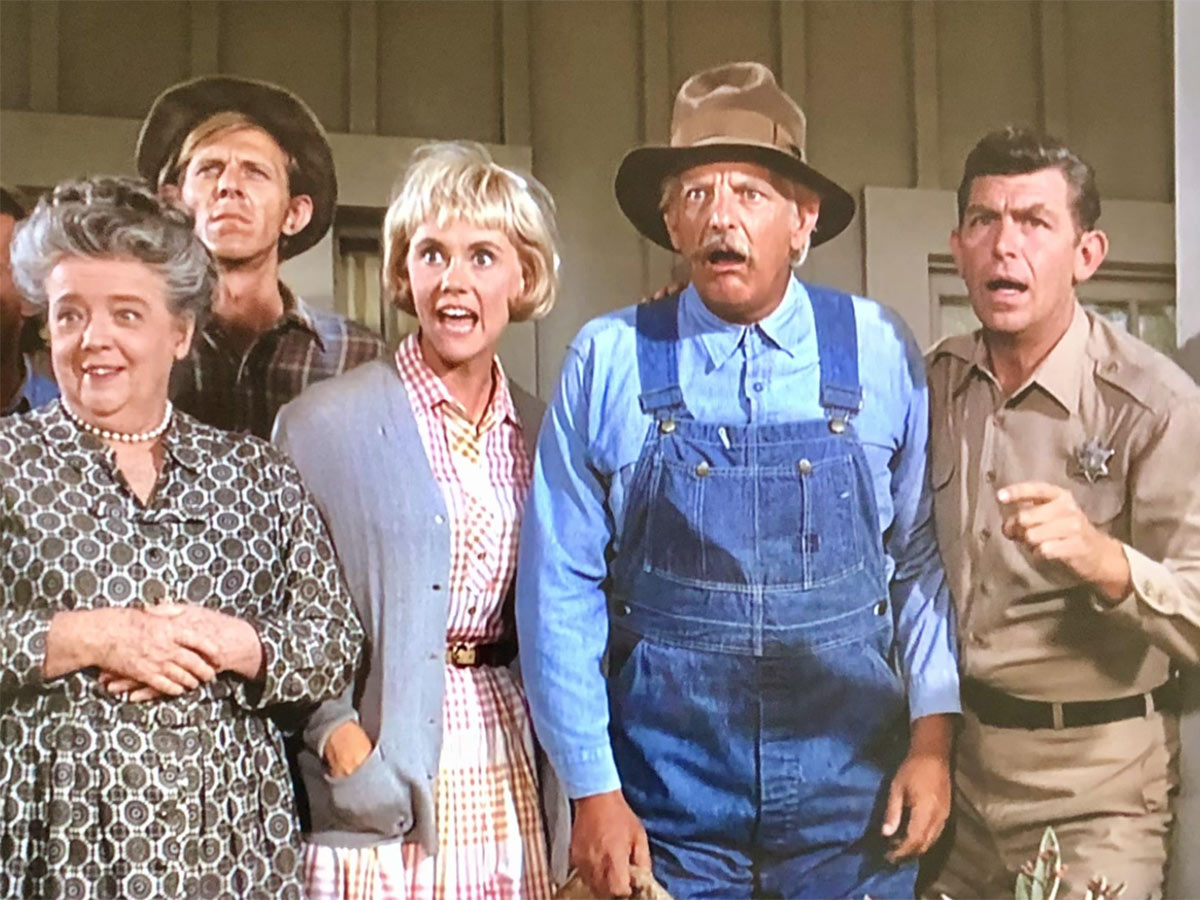
Family dynamics are exceedingly important in having meaningful relationships, knowing what it’s like to be loved, and having a close-knit circle you can trust and rely on. Andy and Barney in The Andy Griffith Show are the epitome of an interesting yet heartfelt dynamic. In the 1960s, family was portrayed as having a strong bond and a close community.
Andy, Opie, and Aunt Bee formed the core family of the show, but then the town, Mayberry, was its own family with characters acting as important roles in the community dynamics. The ‘60s American family was seen as unbreakable and affectionate, with occasional fun and good times – I’m looking at you, Barney! Family wasn’t just limited to close members, but extended family, or even non-blood related, were part of the American family.
Leave it to Beaver
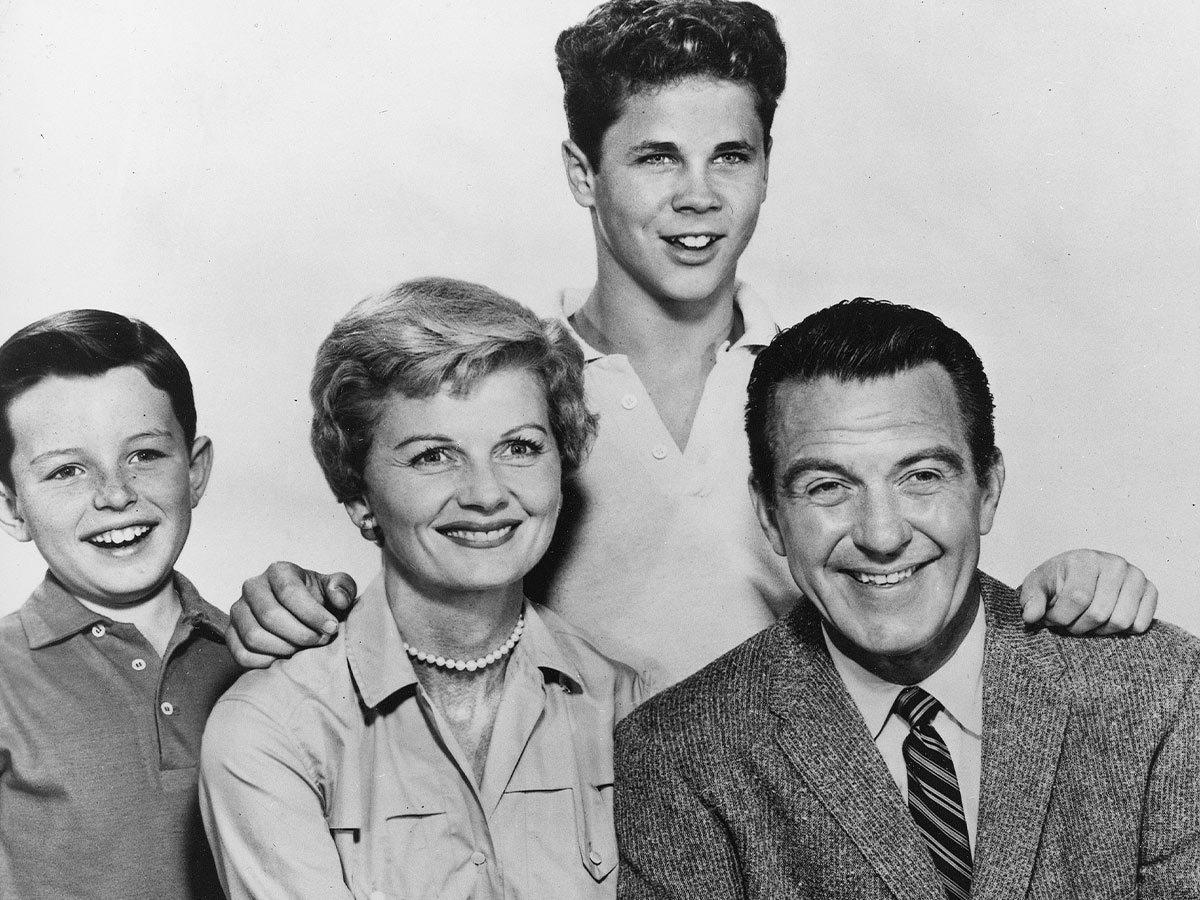
Residing in the suburbs, families may be portrayed differently than elsewhere. Leave it to Beaver portrayed the Cleavers, who were a more traditional family -- the nuclear family -- with a working father, a stay-at-home mother, and two sons. With the dad as the breadwinner and the mom as a homemaker in this late 1950s to early ‘60s sitcom, family was a concept that followed conventional standards of the times.
The American family in the show was depicted as a dynamic of traditional gender roles that members were meant to follow. While these customs are ancient today, the portrayal of family in the show wasn’t completely backwards. The Cleavers were a loving and supportive family who emphasized values and morals, which are all important factors of family today!
The Brady Bunch
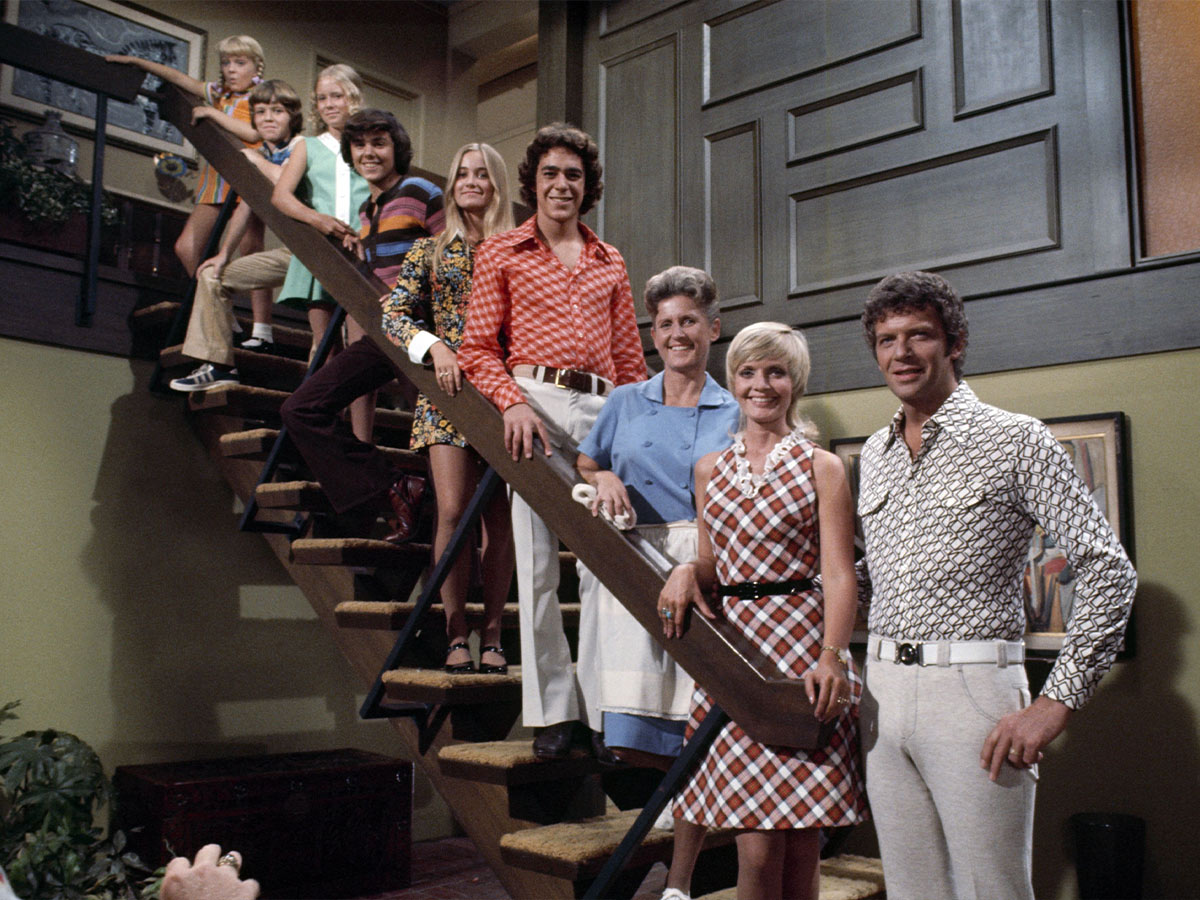
While The Brady Bunch was set in the 1970s, it didn’t portray the social and political upheaval of the United States and instead focused on a wholesome family life. The family dynamic bordered on idyllic and harmonious. For how big the family is, it’s a little unrealistic how minimal the conflict was, considering the daughters and sons didn’t know each other beforehand.
Regardless, The Brady Bunch portrayed the American family as something that can go beyond tradition and be welcoming to newness. Rather than conveying a nuclear family, a blended family was given the spotlight. The TV show focused on a positive, unified image of family that acknowledged both positive aspects and challenges of blending a family.
All in the Family
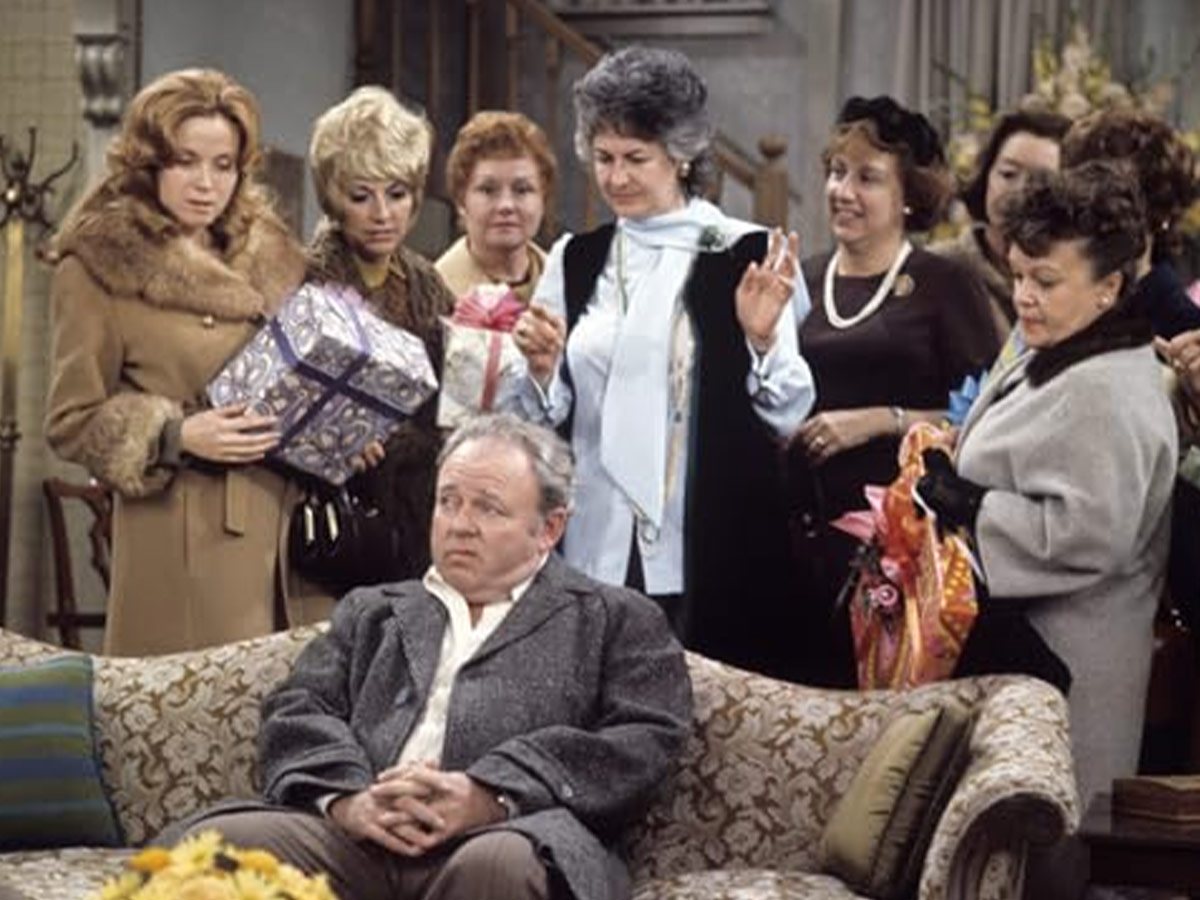
The 1970s were a “pivot of change.” Customs, ideas, and movements were gaining traction and impacting society, and as TV so effectively does, it started to change along with history. The show All in the Family brought this new reality to television by exploring how a family navigates the shifting era. The TV show depicted the American family as a dysfunctional and complex unit.
There’s usually going to be a generational divide among families, which All in the Family aims to portray. Mr. and Mrs. Bunker struggled to interact with the younger family members, and then there was the bigotry of Archie Bunker’s character. He’s full of stereotypes and offensive views, but there were times when he revealed himself to be loving and relatable, making him a complex character. All in the Family showed the American family to be a dynamic that can be rooted in norms and relatability, but also has room to grow and change with the unrelenting movement of time.
Full House
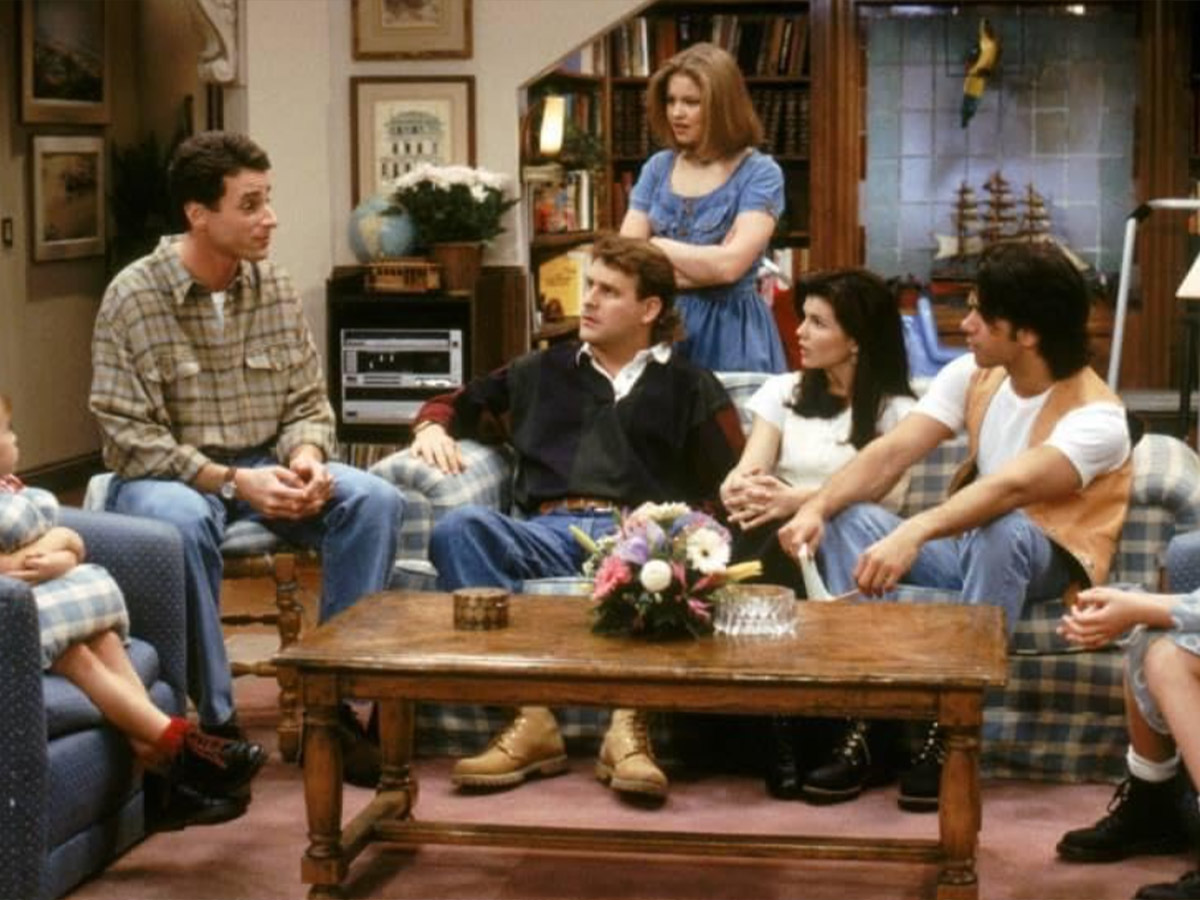
Now moving on to the late 1980s to mid ‘90s, the American family took on a new definition. In the sitcom Full House, a widowed father gets help raising his three daughters from his brother-in-law and best friend, ultimately forming an unlikely yet heartfelt family dynamic.
More than anything, Full House highlights family as a setup that can be unconventional and built on love and support from not just family members, but non-blood relatives, such as good friends. It’s a far cry from the nuclear family; three men – Danny, Jesse, and Joey - take the reins as sole parents for the daughters, which underscores traditional gender norms often attributed to family dynamics. Full House revolutionizes the American family into a beacon of unconventional support and male role models that challenge what truly constitutes a family and how that concept can be different for anyone.
The Cosby Show
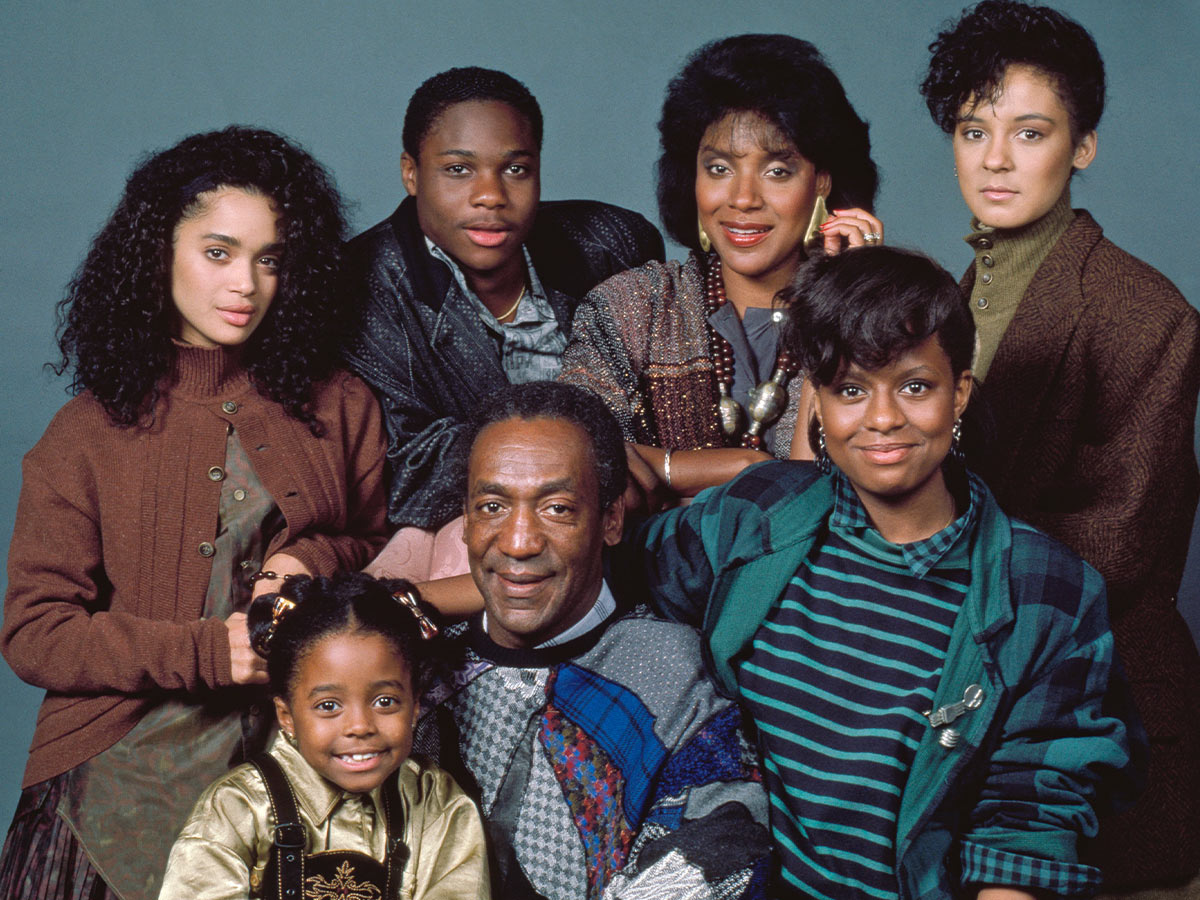
Finally, in the 1980s, The Cosby Show was the first on this list to show diversity. The TV show follows the Huxtables, a successful upper-middle-class African American family, focusing on Bill Cosby’s observations of family life. Since the times were changing, TV needed to follow along with it, and luckily, it did.
The Cosby Show challenged viewers’ stereotypical perceptions of black families by depicting a family that’s loving and functional, and with two parents who are professionals: one a doctor and the other a lawyer. Before, the American family was normalized as being limited to a White Caucasian experience, but The Cosby Show transformed this restrictive notion. It changed this into a diverse dynamic by normalizing the African American experience and making race not the center of the show but part of the family’s background.
The Osbournes

The early 2000s brought in reality TV, which swept the media into a storm. It was new, fun, and exciting to see the everyday lives of celebrities. The Osbournes follows the heavy metal singer Ozzy Osbourne, his wife Sharon, and their two kids, Jack and Kelly.
The domestic life of the Osbournes was chaotic, unfiltered, and humorous. Many enjoyed the show and, no doubt, it was because viewers could relate to the Osbournes' shenanigans, daily troubles, errands, etc. The show portrayed the American family as dysfunctional, yet loving and with boundless bickering that was balanced out with affection and support for one another.
Teen Mom
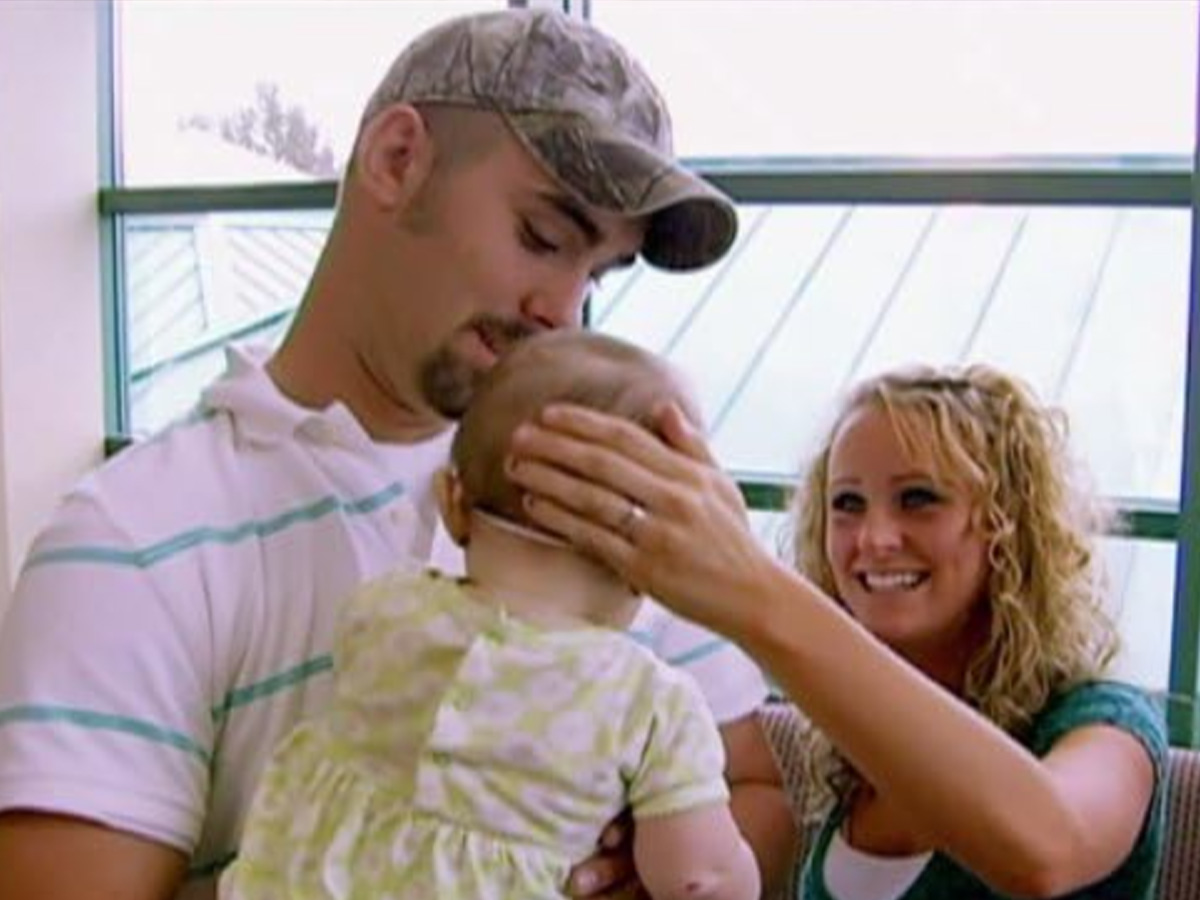
Teen Mom introduced a completely new definition of family. The reality show follows several young mothers navigating motherhood, romantic tensions, and strained family relationships. This show depicts family in ways that will challenge viewers' preconceived notions of the nuclear family and dynamics.
Teen Mom represents the American family unconventionally. It shows the realities of being a teenage parent, how challenging this can be, and how important family support is. The American family is, once again, viewed as a dynamic that doesn’t have to be the usual two-parent and kids situation. Life can hit you in unexpected ways, and the show emphasizes varied portrayals of family, with negative and positive experiences.
Modern Family
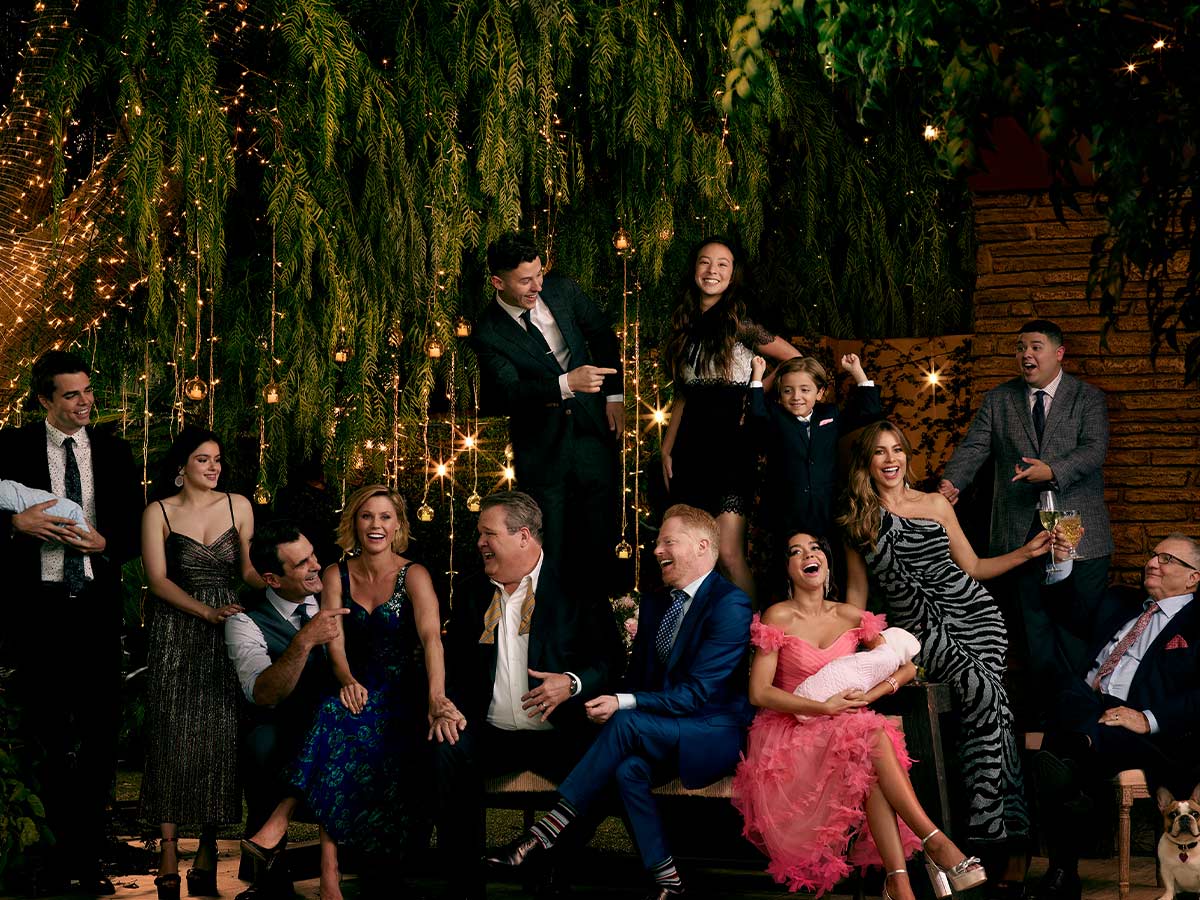
Modern Family takes a spin with a faceless documentary filmmaker who follows a large, diverse, and multidimensional family. The show offers an honest, hilarious, and unfiltered perspective of family life.
The TV show highlights how families can function and form in diverse ways by including heterosexual and same-sex couples, blended families, and single-parent households. Modern Family takes all these families and weaves them into a harmonious blend of love, support, and acceptance.
The Kardashians
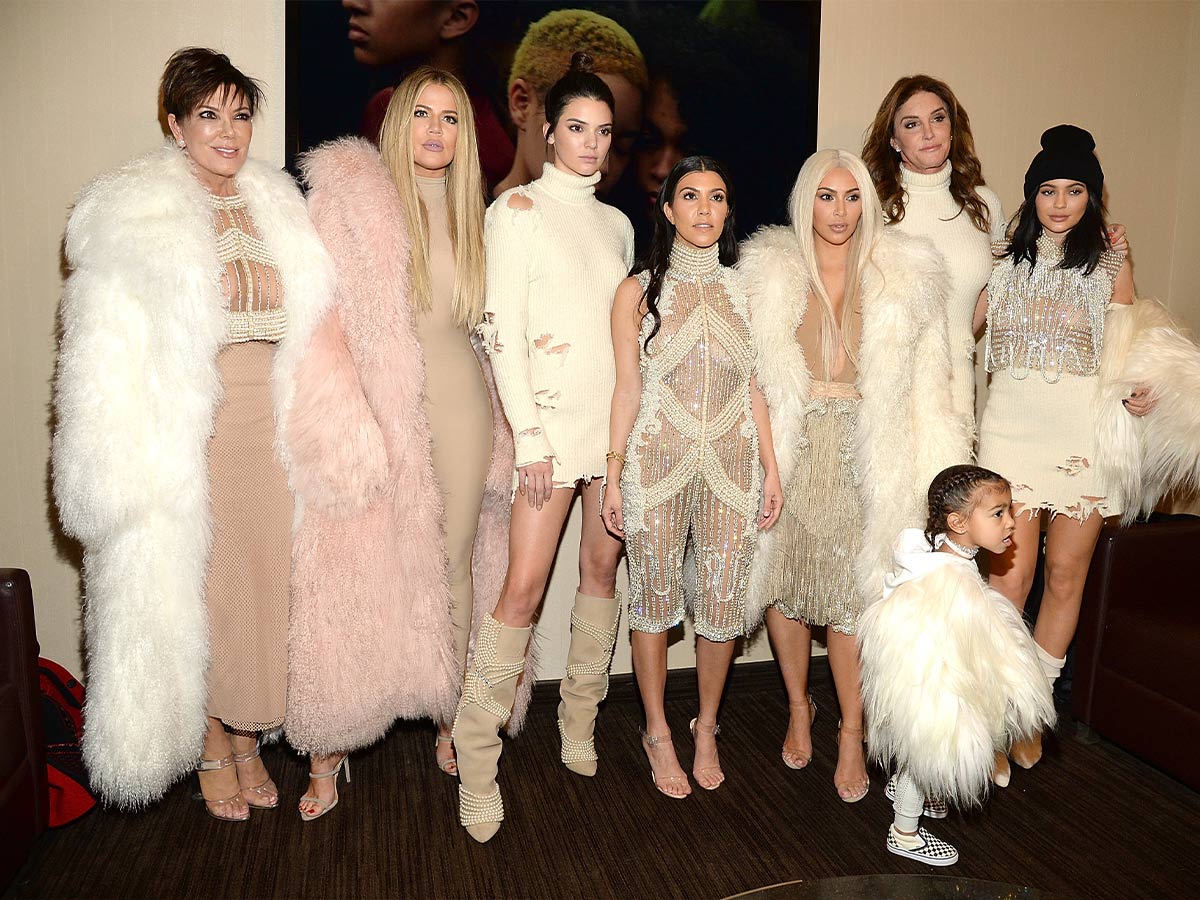
The family we all know, whether it was willing or not. The Kardashians cemented reality TV into a renowned genre of media. They have their first show from the early 2000s, Keeping Up With the Kardashians, and then their latest show, The Kardashians. If you’ve seen either of their shows or actually keep up with the family, then you know how absurd their life can be. Even though it’s reality TV, sometimes their family life is just too unrealistic.
Despite this, their family is a tight-knit group that showcases endless support. Their shows can be realistic because their relatability is a huge factor for the Kardashians. The reality shows highlight a more dramatic, far-fetched version of the American family. Whether you can see yourself and family in the Kardashians or not, you have to admit their show is intriguing!
The D'Amelios
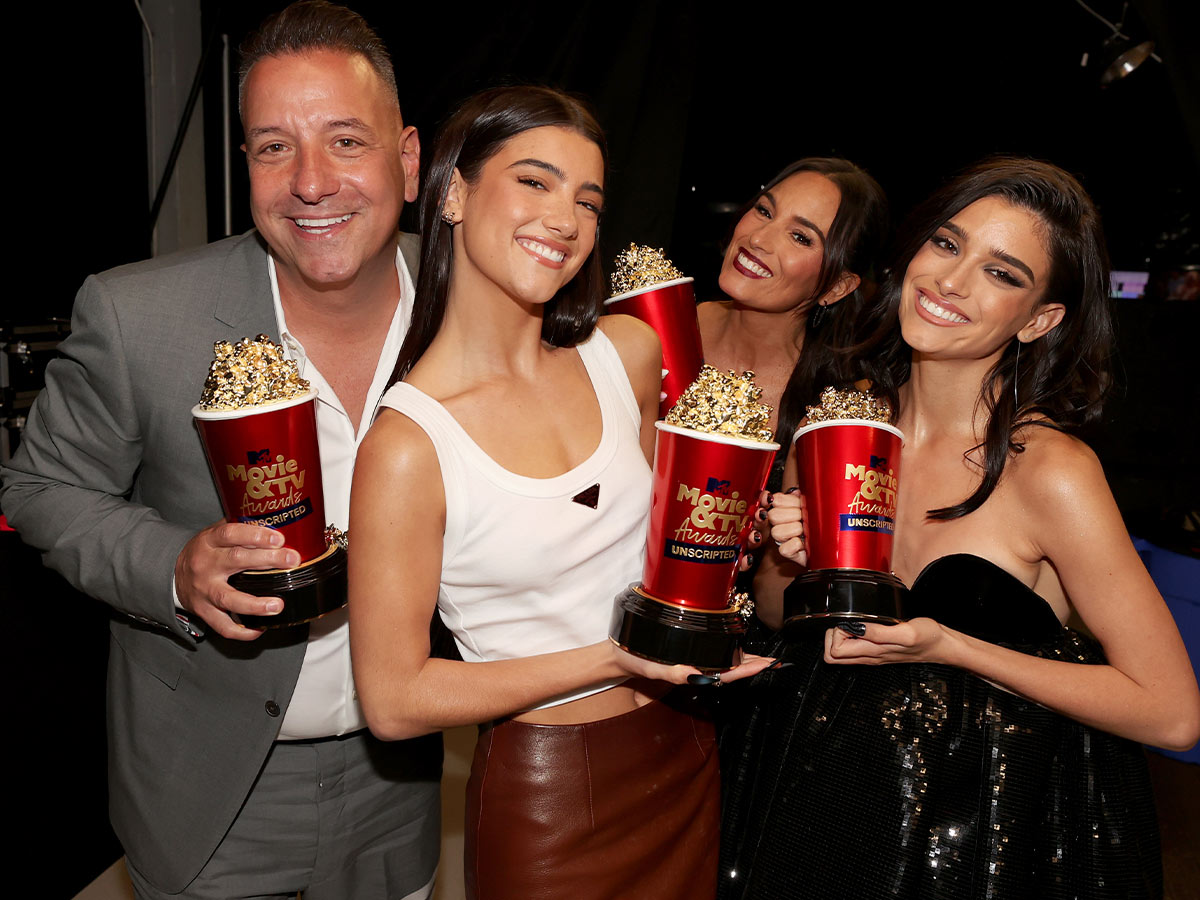
The newest addition to reality TV and moniker of American life are the D’Amelios. The D’Amelio Show follows the family trying to navigate newfound fame while maintaining normalcy and family relationships. Reality TV oftentimes contradicts itself. Even though it’s called “reality,” modern reality shows lack the realism and depth people need in order to actually relate.
The D’Amelio Show portrays a family riddled with fame and success, so their depiction of an American family is far from what anyone can connect to. The D’Amelios’ attempt to portray an authentic family life ended up being more inaccurate to the universal American family. Ultimately, the shift from sitcom family shows to reality TV has skewed perceptions of the American family and formed it into an unrealistic, unattainable, and unlikely dynamic.
 Author
Haylee Kelnhofer
Last Updated: August 14, 2025
Author
Haylee Kelnhofer
Last Updated: August 14, 2025